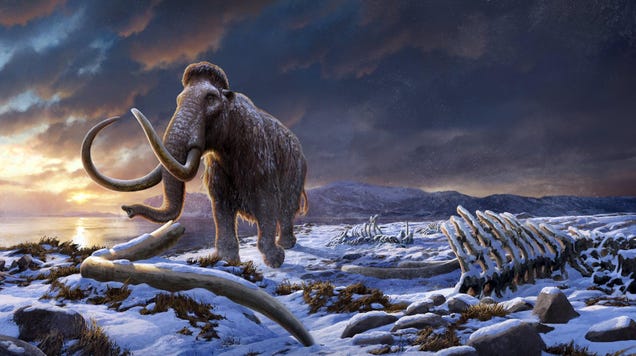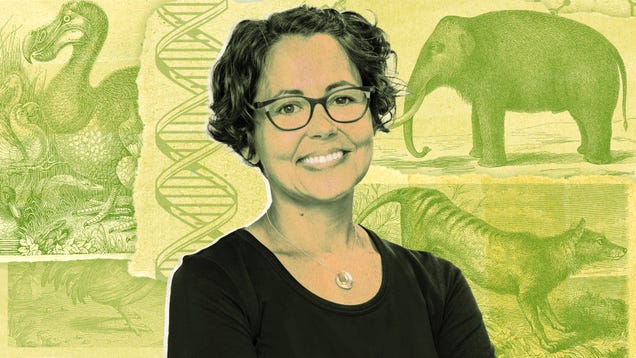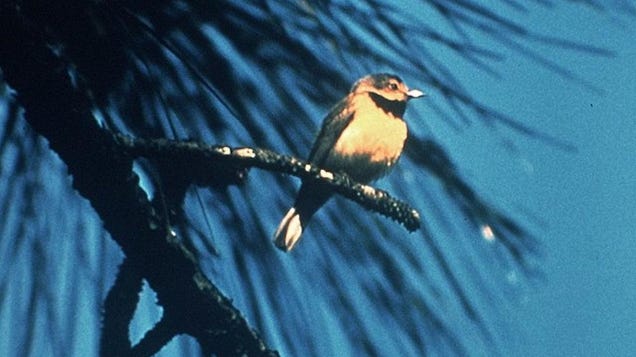
Mike Kemp/Getty Images

The last mammoths to walk the Earth did not succumb to inbreeding after hundreds of generations, despite being stuck on a remote island off the coast of Siberia.

This story is part of our Chief Innovation Officer Forecast series with Quartz, a business report from the front lines of the future.

Colossal Biosciences, which calls itself “the world’s first de-extinction company,” has created stem cells it thinks will hasten the company’s marquee goal of resurrecting the woolly mammoth. The team’s research describing the accomplishment will be hosted on the preprint server bioRxiv.
Marita G./Yelp

The U.S. is officially saying goodbye to 21 species that have been feared gone for years. These animals, which include many birds and marine mammals, have been delisted from the Endangered Species Act because they are now declared extinct, the U.S. Fish and Wildlife Service said this week.

The last known thylacine—the largest marsupial carnivore in recent times—died in Tasmania’s Beaumaris Zoo in 1936.


